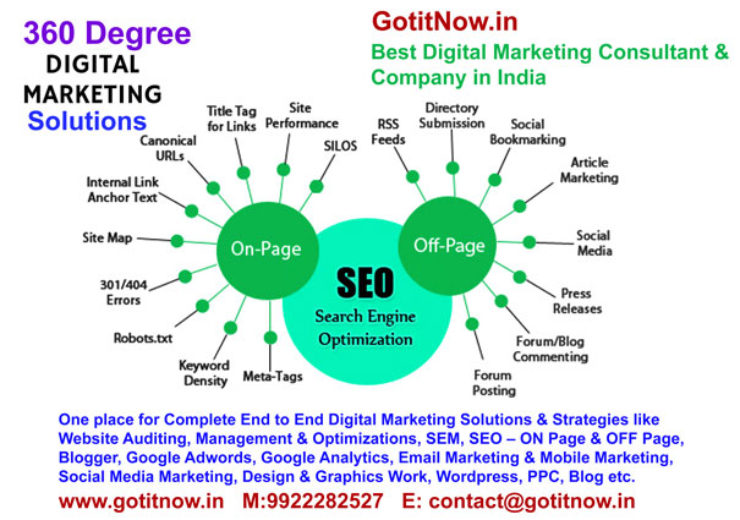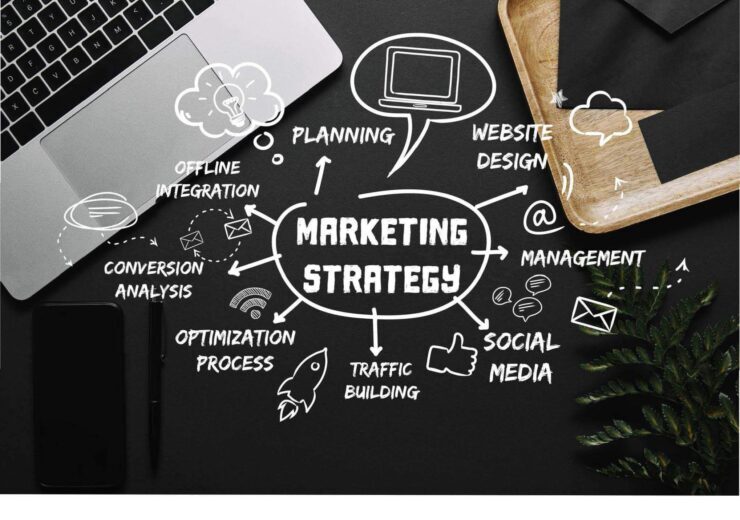internet design

Table of Contents
internet design
You don’t have to be a web design expert to know that the internet has come a long way since its inception. We’ve gone from websites that were little more than text on a page to full-fledged, interactive experiences. And as the internet has become more complex, so too has web design. Today, there are thousands of different web design trends and technologies to choose from. So how do you know which ones are right for your project? In this blog post, we’ll explore some of the most popular web design trends and technologies. From responsive design to parallax scrolling, we’ll help you figure out which ones are worth your time and which ones you can safely ignore.
5 Tips to Improve Your Website’s Search Engine Rankings
1. Use keyword-rich titles and descriptions.
2. Optimize your website for popular search engines.
3. Promote your website through social media and other online channels.
4. Make sure your website’s content is fresh and up-to-date.
5. Conduct keyword research to find the right keywords to target.
5 Ways To Improve Your Website Design
1. Keep your website design simple and clean.
2. Use high-quality images and videos.
3. Make sure your website is responsive.
4. Use effective typography.
5. Optimize your website for search engines.
3 Secrets to Achieving Successful Internet Design
1. Start with a strong foundation: A well-designed website starts with a solid foundation. This includes planning your site’s structure, designing its pages and crafting compelling content.
2. Make it easy to use: Once your website is live, users should be able to easily navigate it and find the information they need. Pay attention to design details like navigation, layout and usability when creating your site.
3. Promote it: Once your website is complete, don’t forget to promote it! Get the word out by telling your friends, family and colleagues about your new site. You can also submit it to search engines and directories, and take advantage of social media platforms to drive traffic to your site.
5 Things You Need to Know Before Building a Website
1. The domain name is the address of your website and it’s what people will type in to find you. You need to choose a good, unique one that represents your brand well.
2. Your hosting is where your website lives on the internet. You need to choose a reliable hosting provider with good uptime to make sure your site is always available.
3. Your website platform is the software you use to build and manage your site. WordPress is a popular option for many businesses because it’s easy to use and there are plenty of plugins and themes available.
4. Your website design should be user-friendly and responsive, meaning it looks good and works well on all devices (desktop, laptop, tablet, smartphone).
5. Finally, you need to promote your website so people can actually find it! SEO (search engine optimization) is a great way to get started with this – it involves optimizing your site so it appears higher in search results when people are looking for keywords related to your business.
5 Resources for Creating Unique Web Design
1. Wix
Wix is a website builder that allows you to create a website from scratch or using one of their many templates. They have a wide variety of features to choose from, including ecommerce and blog integration.
2. Squarespace
Squarespace is another website builder that offers both templates and customization options. They also offer ecommerce and other features like domain names and email campaigns.
3. Adobe Photoshop
Adobe Photoshop is a widely used program for creating graphics, which can be used for web design. It has a wide variety of features and tools to create unique designs.
4. Sketch
Sketch is a vector drawing program that is often used for designing user interfaces and websites. It has an easy-to-use interface and offers a wide range of features, making it ideal for creating unique designs.
5. Canva
Canva is an online graphic design platform that offers users a wide range of templates and tools to create professional designs for both web and print.




